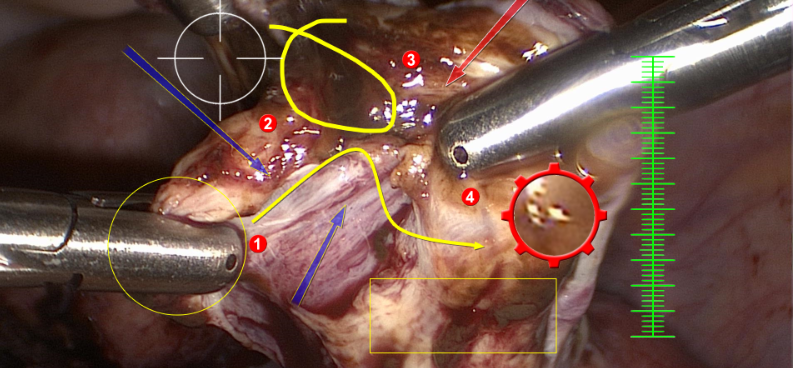The hunger for safe and efficient techniques of surgical training is never ending. With the advent of internet use for educational purposes, the demand for quality surgical videos has increased beyond everyone’s anticipations. Check out the following tips for using these video devices.
Choosing the device:
- While buying the medical video capture device, consider the specifications of the product strongly. Compare various products applicable. Understand the key features of the device like price, video resolution, still image, internal storage, battery life, webcast ability, removable memory and file transfer.
- The video recorder has to be so positioned that it is not obstructed by the surgeon. This is one of toughest tasks you would encounter in this context. Using a wearable device can resolve this issue.
- Understand the hardware and software of the device to use it to perfection. Often, you may have to equip the recorder with a few other accessories to ensure high video quality. Make sure that its battery is completely charged before you use it.
File management and playback:
- Before using it in the operating room, the surgeon should be aware of its limitations in terms of file storage and playback. Maintain the hard drive or other storage devices of the recorder.
- The file transfer can be done either in wireless or wired fashion depending on the type of device used. Wireless transfer is beneficial for the short, everyday clips. However, considering the privacy issues of the patient, this method is not encouraged for surgical media.
Privacy and patient consent:
- Respect the stipulated laws of patient privacy policy. This is relevant, when the video has to be uploaded to the online cloud storage.
- A few devices upload the content automatically, when the devices are connected with Wi-Fi. While using these videos for education or demonstration purposes, make sure to disclose the patient’s protected health information.
- Obtain the patient’s contest before using the video recorders. The surgeon has to explain the patient about the applications and use of these recorded videos.
- You job isn’t done just by recording the operations. Unless, these videos are converted to have high quality, you can’t obtain its complete benefits. Many wearable devices lack the facility of in built zooming, which makes it difficult for detailed anatomy.
- We can also zoom the footage during post processing. However, in such a case, the resolution of the video can be lost.
- You have to be familiar with all the aspects of the instruction manual before operating it.
- The vicinity of the device should be free from heat producing sources like heat registers or radiators.
- The camera holding devices have to be chosen as per the directions from the manufacture. In general, the video capture devices are sold along with their supporting stands.
- These devices make use of sophisticated optical lens. The presence of dust or moisture can show drastic effects on the video output.
Make it ready for use:
- You job isn’t done just by recording the operations. Unless, these videos are converted to have high quality, you can’t obtain its complete benefits. Many wearable devices lack the facility of in built zooming, which makes it difficult for detailed anatomy.
- We can also zoom the footage during post processing. However, in such a case, the resolution of the video can be lost.
Safety instructions:
- You have to be familiar with all the aspects of the instruction manual before operating it.
- The vicinity of the device should be free from heat producing sources like heat registers or radiators.
- The camera holding devices have to be chosen as per the directions from the manufacture. In general, the video capture devices are sold along with their supporting stands.
- These devices make use of sophisticated optical lens. The presence of dust or moisture can show drastic effects on the video output.
Surgical recordings are used for multiple purposes like: Involving remote participants in the discussion, helping surgeons to evaluate their performance, resources of information for patients and for educational purposes. Academic conferences provide a great platform for the outlet of these videos.












